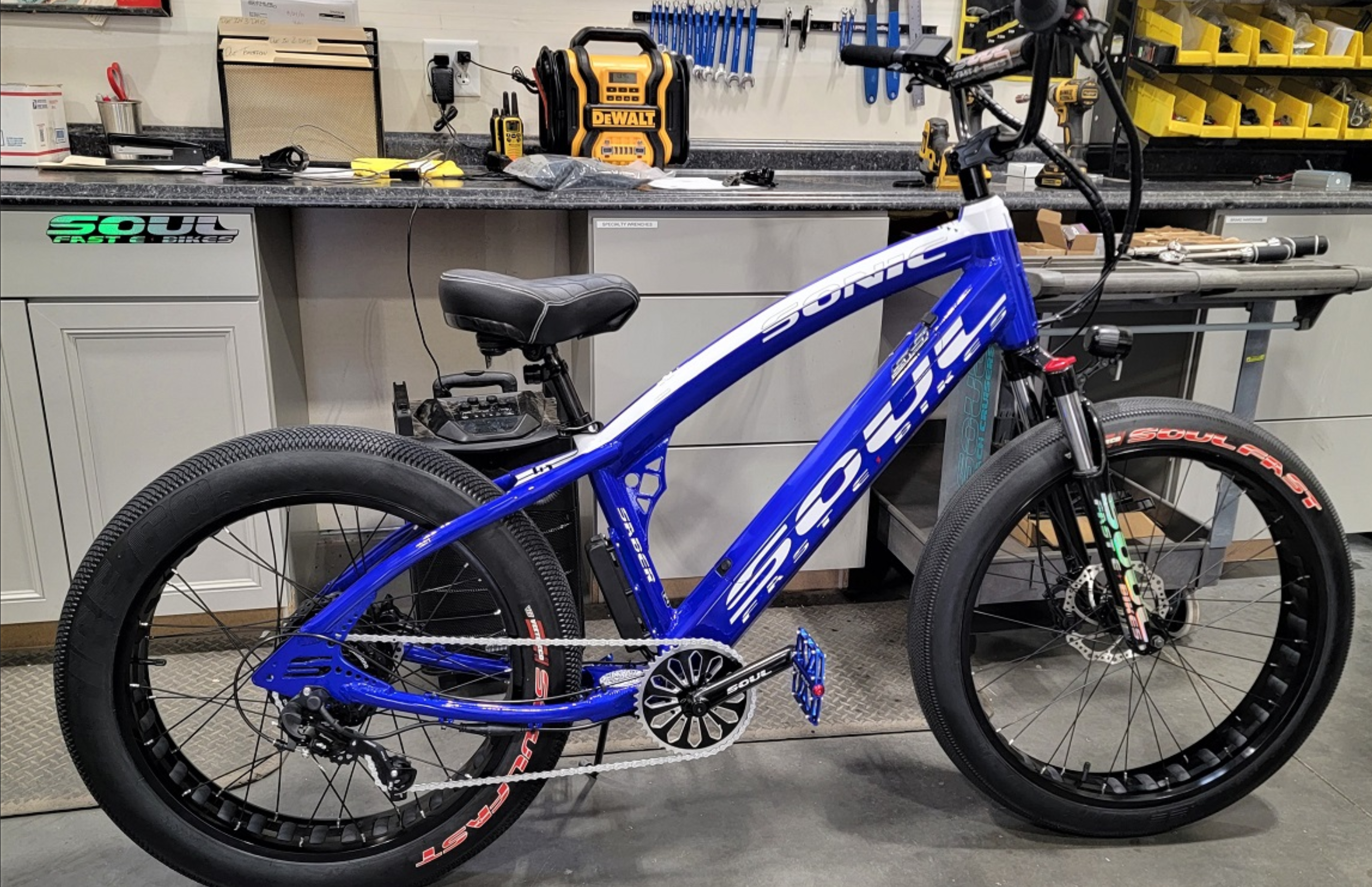Ways to clean up your online reputation
What can you do if you need to clean up your internet presence for a job search? Plenty. We’ve outlined each important step that every job seeker should take. You’ll learn how to uncover search results, remove negative content and develop a positive online presence.
But make no mistake: It’s not easy to manage your online reputation. In the next sections we’ll break down several strategies to give you a clean slate and a great reputation.
Start Early
If you’ve just entered the employment market, you may be eager to rush out and apply for jobs right away.Slow down. Consider your online reputation first.
Recruiters and hiring managers will consider your online presence. So if your reputation isn’t up to snuff, employers will take one look at your online reputation and run.
Before you pound the pavement, improve your online presence. But remember this: it takes time and effort to clean up a messy reputation. However, you’ll always see a return on your investment.
Potential employers may not initially check applicants’ online reputations, but they may eventually do so before making an offer.
Google Yourself
Employers will turn to Google to assess your online reputation. That’s why it’s so important to know what they’re likely to find. Here are some quick takeaways from our article about how to Google yourself:
Is it attractive to employers, or could it cause a problem?
Take note of any results that match you, both positive and negative.
Be sure to check out the first few pages (30-40 results) in Google.
List your active profiles as well as any dead ones where you haven’t posted in years. It could be embarrassing if a potential employer finds an old gaming profile you started in high school. If you find things that you don’t like, log in and update or delete old accounts.
You should also examine social media profiles to see how they can be viewed publicly. Most have the option to view a public timeline or offer a “view as” option so you can see how others view your profile.
It’s critical to make note of other people who share your name. They can seriously influence your search results and may confuse potential employers. If you share a name with a criminal, porn star, or other unsavory character, you may have trouble landing a job. Make sure you use an up-to-date photo in all of your professional profiles to help employers suss out which ones belong to you. You can also attempt to drown out the imposters with positive results that are relevant to you (more on that later).
Look for Red Flags
First and foremost, you’ll want to put out the fires. While it’s important to develop a positive online reputation, the first thing you need to do is clean up the bad stuff. Employers are on the hunt for reasons to dismiss your application, so don’t give them any.
Red flags can include:
Embarrassing or inappropriate photos
Negative or inappropriate language or strong opinions
Complaints about current or former employers
Poor grammar or spelling
Association with negative characters
References to illegal activity, drinking, or drug use
Legal challenges
Inconsistencies between your resume and online presence
Any indication that a candidate lacks maturity or good judgement
You must take action if your search results have any of those red flags. Do your best to delete what you control, remove things if you can or bury what you can’t clean up.
Don’t Go Nuclear
Some job seekers decide that their online presence will be too difficult to clean up so they take the nuclear option. They delete their social media accounts, change their last names and obliterate their online identity.
While that approach can disassociate your name from negative content, it’s far more likely to make employers suspicious. Most will wonder why you have no presence online – and they may even question if you have something to hide.
But more importantly, it leaves you with a blank slate. That might sound appealing, but it’s actually dangerous. It means there’s nothing to hold back damaging content should something surface. It’s far better to develop a mostly positive reputation with a few blemishes than to have nothing at all.
Further, a good online reputation isn’t just about cleansing the negative. It’s also important to accentuate the positive. If you delete your entire internet presence, you will give up control of your online reputation as well as your ability to connect. Remember that you can positively interact with recruiters, hiring managers, companies, and others in your network.
Remove Negative Results
Once you know what you’re up against, you’ll need to remove search results from Google if you can. That’s a piece of cake to do on websites, blogs or profiles that you control. However, you may meet resistance if you need to remove content from third party websites.
Take charge of your content
If you’re dealing with comments, posts, or photos that you’ve put up yourself, just log in and delete them. It’s best to completely remove content rather than hide it behind privacy settings. You should also clean up your friends and connections, and review your likes, comments, shares and follows.
Lock down your privacy
Review your privacy settings, and make posts and photos available to friends only. You may even consider filtering your friends into different audiences for different posts. But remember that everything can potentially become public.
Ask friends for help
It’s trickier to remove negative results that other people have shared. Ask friends to take down content that looks unprofessional. Mention that you’re applying for jobs so they’ll be more likely to act quickly for you. If they can’t or won’t, remove the tags and delete the content from your wall.
Politely request removal
Blogs or websites may rank higher on search engines and cause more damage to your reputation. Negative articles and bad reviews can really come back to haunt you and can have potential employers running for the hills. To make matters worse, some website owners will not change or take down content willingly. Tread lightly, be polite, and explain how the content is could hurt your employability. Do not get caught up in demands, and definitely don’t threaten to sue.
Get legal help if necessary
If a gentle approach doesn’t work, you may need to call in some help. Some content is illegal by law. For example, Google may remove sensitive personal information or copyrighted content. Online defamation may be worth pursuing legally, but be careful. You may in fact call attention to the content that you want to clean up.
If you can’t delete embarrassing content completely, don’t worry. You still have options. Even if negative search results persist, it’s entirely possible to bury them with positive content. In most cases, the best course of action is to push down negative search results where nobody will find them.
Push down results with positive content
Let’s face it: it’s usually not possible to delete negative results. However, you can still clean up your online reputation. How? Build a positive brand to push down negative search results on Google. You’ll not only develop a great first impression for recruiters, but you’ll also hold back future negative press. Here are some techniques you can use to do just that.
Be a real person online
It sounds silly, but the best way to establish a positive online reputation is to be active, and be yourself. Use your real name, fill out your social profiles with legitimate information, and use a professional head shot that shows your face.
Get your own domain name
A personal website domain usually costs about $15 per year or less to register. You’ll show that you’re serious about developing a professional brand, and you’ll improve your internet presence.
Link to your positive results
If you found positive results on Google, make sure you link to them. Targets to consider include your portfolio, positive news stories, videos, and more. Link to them on your website, blog, LinkedIn, and anywhere else you find relevant. You’ll show employers (and Google) that these results are important to you.
Create a well informed blog
You don’t have to write weekly essays, but you should develop a blog that shows off your expertise. A blog is an excellent platform to offer commentary on topics that you care about. You’ll show employers that you’re informed, vocal and that you care about what’s happening within your industry.
Establish a social media presence
\If you’re not already on professional and social networks online, now is the time to start. Sign up for LinkedIn, Facebook, Cameron Clokie Twitter, and other social media sites where you can build your personal brand, connect with others, and share links that reflect positively on you.
Be professional online
Show employers that you’re a mature, intelligent candidate. Use proper grammar, be respectful of others, and avoid getting into arguments.
Become active in your community
Volunteer and reach out in your local community, connect with industry influencers, and be publicly active online. Just be sure that your activity is positive and doesn’t throw up any red flags. Back up your activities with photos, posts and other online evidence of your involvement. Connect with influential organizations and associations as well as influencers in your community, and participate in industry conversations on social media and in active networks.
Showcase your skills and interests
Make videos on YouTube, post photos on Flickr, link to accomplishments and interests on Pinterest. Use social accounts to point to what you do best and make sure that employers can find them.
Use LinkedIn effectively
Don’t just sign up and connect with a few people, really use LinkedIn. Share links to your work, join communities, reach out to new contacts. Don’t forget to ask for recommendations as well: these act as virtual references that hiring managers and recruiters love to check out.
Support your resume
Employers are often looking to make sure that what you’ve shared on your resume lines up with your online life, so it helps to leave evidence that you are really doing what you say you’re doing. Add jobs to LinkedIn and Facebook, post photos, links to events, recommendations, and any other indications that your life on your resume accurately reflects your life online.
It may seem like a lot of work to build a great online reputation, and it is. But it doesn’t have to be overwhelming. Start small, and take one step at a time to clean up negative or neutral results and replace them with a positive results.
Build a Strong Online Presence
So you’ve filtered out negative results and promoted positive content. But keep in mind that you’re still not done. You’ll need to continue to invest time and effort to keep your internet presence clean. That’s why so many people hire online reputation management services to do the work for them. Don’t throw away your hard work by neglecting your online reputation once you’re happy with it.
How to Choose an ORM CompanyRead the Article
Here are a few more tips to maintain a squeaky clean online reputation.
Watch what you share on social media You should only need to clean up your reputation once. After that, put a filter on your posts to prevent future issues. Think about how your boss, grandmother, or children would feel about what you plan to share.






